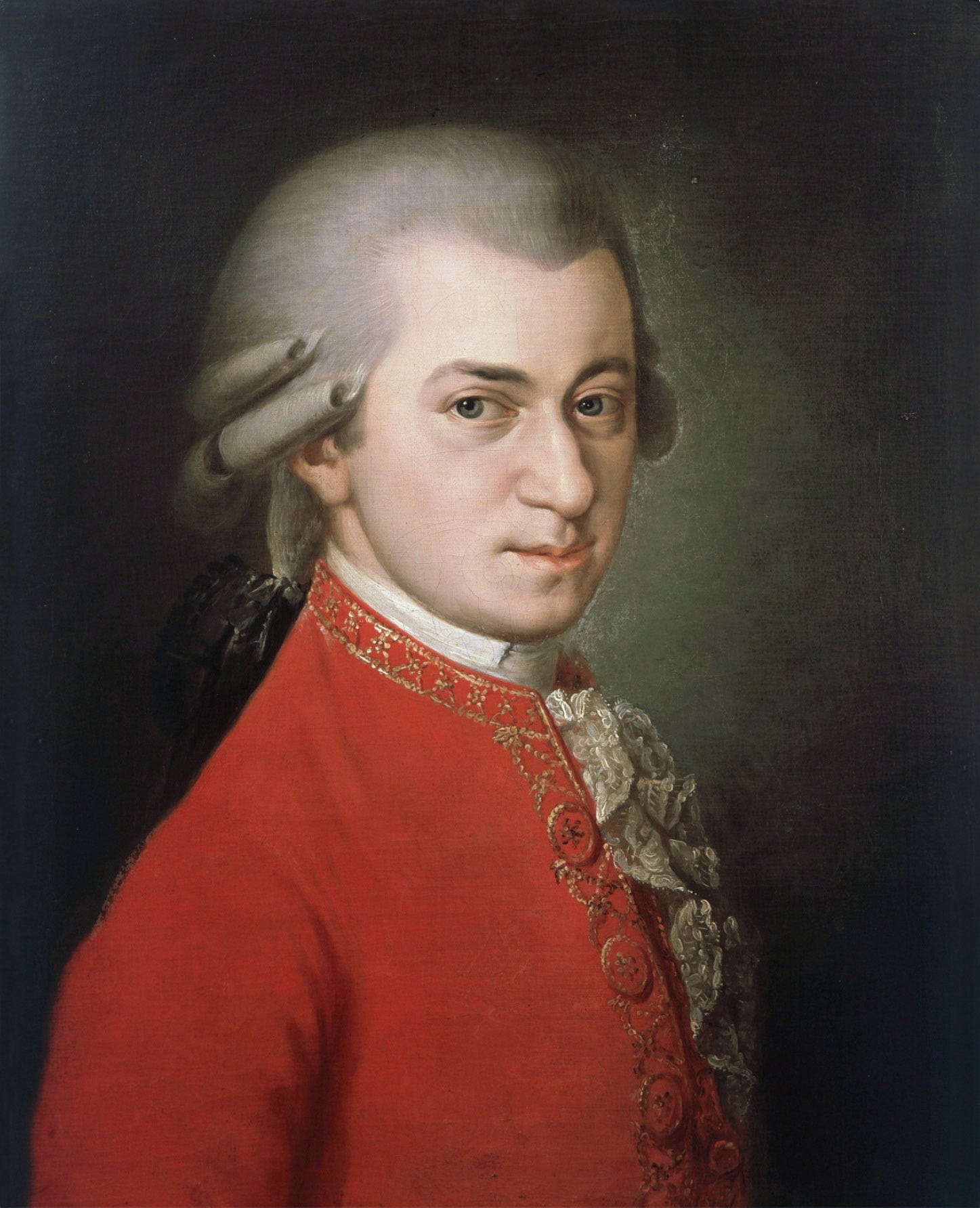As we continue to meander down the Danube towards the musical capital of the world, Vienna, I’d like to pick up the story of Wolfgang Amadé’s exit (and return) to Salzburg.

Salzburg
After returning from a long tour to Paris, Mozart was appointed a court musician by the Prince Archbishop of Salzburg in 1773, at the age of 12. For the next three and half years he was actually very busy and, aside from playing in the orchestra with his father, he was able to write symphonies, string quartets, sonatas, masses, serenades, the early operas Thamos King of Egypt and La finta giardiniera, and probably most famously all five of his violin concertos.
Yet, he was restless. The reasons are what we can all relate to: his salary was low; he wanted to write operas and in 1775 the Court Theater in Salzburg closed; and he believed that fame and fortune awaited him in the big city. During these three years he and his father tried to find another position for his ambitious dreams, first in Paris and then in Munich, but they were unsuccessful.
In the fall of 1777, at the age of 16, Mozart resigned his position in Salzburg and tried once again to find a better paying job. With mother in tow, he visited Mannheim, Germany, where what was then considered the greatest, and greatest paying, orchestra in Europe was located. Then in early 1778 they went back to Paris and was not only unsuccessful in finding work but sadly his mother passed away there in the summer of 1778. However, from this unfortunate time one of his greatest symphonies was composed, his Symphony №31 “Paris”
Meanwhile in Salzburg his father Leopold had succeeded in securing a better position for Wolfgang, that of Concertmaster for the court orchestra, which paid three times more than his previous position. In early 1779 Mozart somewhat dejectedly returned to Salzburg to begin work.
Vienna
For two years Mozart toiled away in Salzburg, while setting his sights on Vienna. By 1781, Mozart was ready to make the move but the Prince Archbishop refused his resignation and Leopold, who had worked so hard to get him the concertmaster position, was also against it. Mozart was eventually granted the resignation but received a most dishonorable dismissal by receiving a literal kick in the ass, administered by the Court’s Steward Count Arco. This move also created quite a rift between father and son.
In Vienna, Mozart quickly established himself as the finest pianist in town and his first opera written for the Viennese audience in 1782, Die Entführung aus dem Serail (The Abduction from the Seraglio), was a huge success.
The Return to Opera
Between 1782–1786, Mozart focused on his solo career. However, opera always beckoned and in 1786 he wrote the first of his three great operas in partnership with the librettist, Lorenzo da Ponte, Le nozze di Figaro.
Figaro was a big success in Vienna and an even bigger success in Prague. So much so that the premiere of their next collaboration, Don Giovanni, took place in Prague in 1787, which subsequently didn’t receive as warm a welcome in Vienna the following year in 1788. Their final collaboration, Cosí fan tutte, was premiered in Vienna in 1790.
Mozart’s final years in Vienna were marked not so much by an ebb in popularity but by the complete inability by the Mozarts (he had married Constanze in 1782) to live within their means. However, and in contradiction to commonly believed myths surrounding him, Mozart’s final year of 1791 saw quite a bit of financial success with the premiere of his opera, Die Zauberflöte, and what are thought to be annual stipends provided by foreign patrons.
I leave you with a wonderful performance of Mozart’s Requiem Mass which was left uncompleted at his death on 5 December 1791. His student, Franz Xaver Süssmayer, sat at his bedside and helped Mozart write down what he could and after his death, Süssmayer completed the Requiem in early 1792 in order for Constanze to receive the commission fee from Count Franz von Walsegg.
